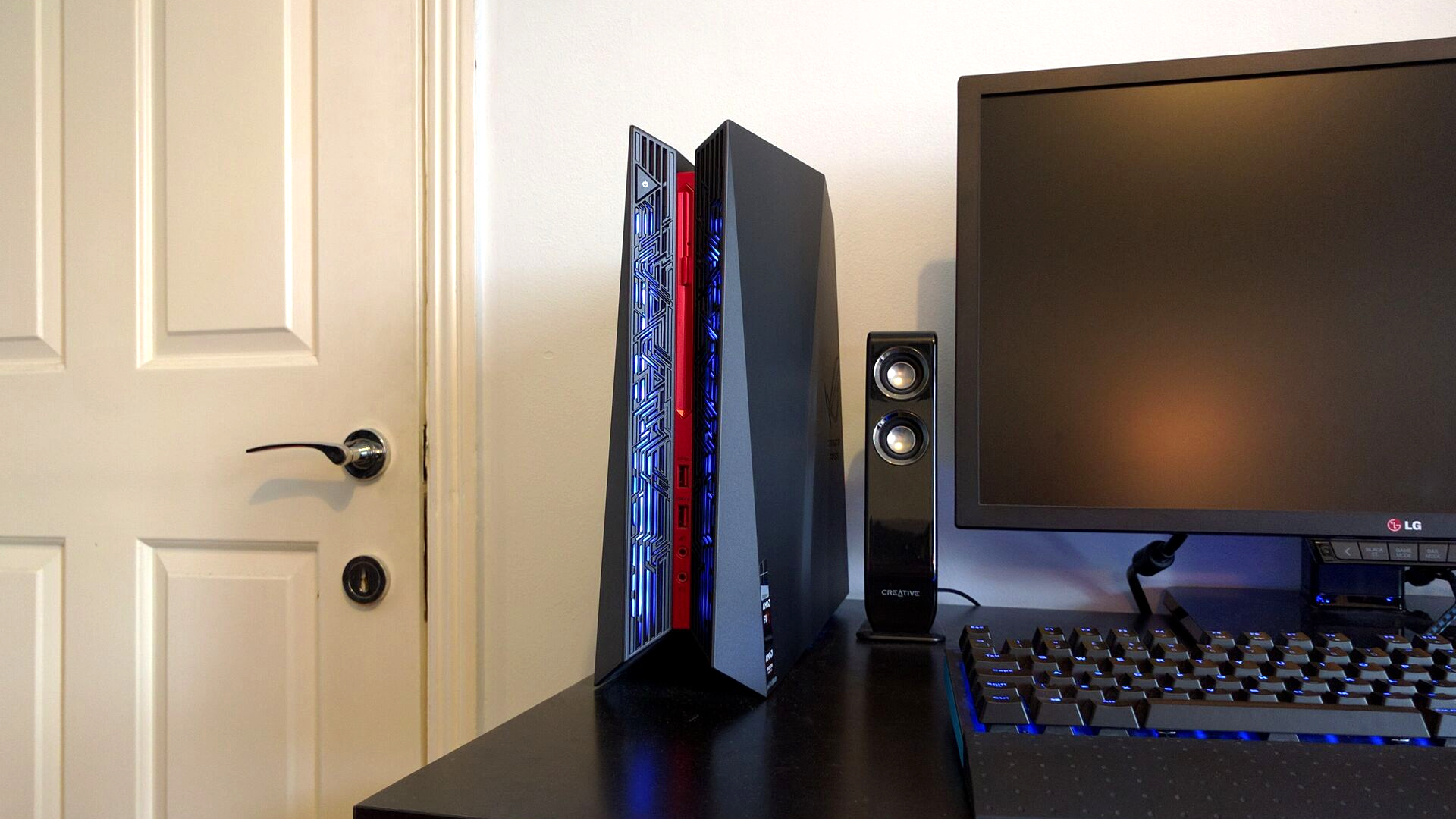Why you can trust TechRadar
The ROG G20BM packs a lower-mid range GPU, the AMD Radeon R9 390, as well as a modest AMD FX-770K CPU. RAM is set at 12GB, which is 4GB more than you really need for 1080p gaming, though it runs at a relatively unimpressive 1,600MHz. The Predator G3, on the other hand, opts for an Intel Core i5-6400 processor (quad-core, 6MB cache, up to 3.3GHz with Turbo Boost) rather than an AMD variant.
More positively, the 2TB hard drive inside the G20BM means you won't be lacking storage. An SSD would be faster, naturally, but the sheer size of the included drive is a fine consolation.
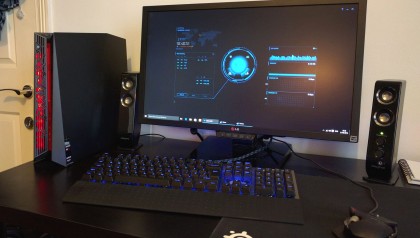
Spec sheet
Here is the spec sheet of the Asus ROG G20BM provided to techradar:
- CPU: 3.5GHz AMD FX-770K (quad-core, 4MB cache, up to 3.9GHz with Turbo Core)
- Graphics: AMD Radeon R9 390 (2GB GDDR5 RAM)
- RAM: 12GB (2 x 6GB) DDR3 (1,600MHz)
- Storage: 2TB HDD (7,200RPM)
- Ports: 2 x USB 3.0, 6 x USB 2.0, DVI-D dual link, DVI-I dual link, HDMI, Ethernet, 2 x headphone jacks, 2 x microphone jack, line in, left speaker in, right speaker in, rear speaker in
- Optical Drive: DVD R/W drive
- Connectivity: 802.11n Wi-Fi, Bluetooth 4.0
- Size: 4.1 x 14.1 x 13.4-inches (W x D x H)
The G20BM has all the connectivity and functionality you'd expect from a full-size tower, including a whopping eight USB ports – enough for a full suite of peripherals and then some – plus a DVD R/W drive.
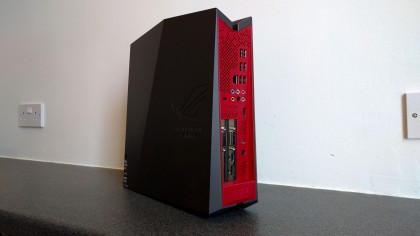
Performance
I wasn't expecting superb performance from the ROG G20BM, but it was still a bit surprising to see just how much this PC struggled with high-fidelity gaming. It only managed playable frame rates at Ultra quality in Middle Earth: Shadow of Mordor, and it also disappointed in PCMark 8 and Cinebench.
If you're seeking a 1080p monster that eats games for breakfast, the G20BM will leave you disappointed. Depending on the title, dialing down the graphics options isn't just recommended — it's vital to get hold of a semi-decent gameplay experience.
Benchmarks
Here's how the Asus ROG G20BM performed in our suite of benchmark tests:
Sign up for breaking news, reviews, opinion, top tech deals, and more.
- 3DMark: Cloud Gate: 10,297; Sky Diver: 11,868; Fire Strike: 4,576
- Cinebench: CPU: 270 points; Graphics: 61.84 fps
- GeekBench: 2,292 (single-core); 6,793 (multi-core)
- PCMark 8 Home Test: 2,655
- Middle Earth: Shadow of Mordor: 1080p, Ultra: 45 fps; 1080p, Low: 102 fps
- Grand Theft Auto V: 1080p, Ultra: 11 fps; 1080p, Low: 52 fps
These benchmark scores illustrate the difference in graphics grunt between the AMD GPU in the G20BM and the one in the Predator G3, which came out on top in every test.
Acer's machine scored 2,655 in PC Mark 8's home test, versus the Predator's 4,125, highlighting how much more capable the G3 is at handling everyday computing tasks such as playing video, browsing the web, holding video conversations and editing images.
In games, too, the Acer came out on top, managing 39 fps in our grueling GTA V Ultra settings benchmark. The G20BM coughed out an unplayable 11 fps on the same test.
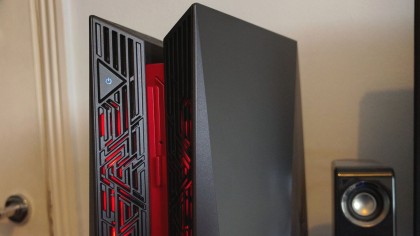
To be fair, benchmarks alone don't tell the whole story – good frame rates in the latest games are possible — it's just a bit of a balancing act.
The G20BM hit the magic 60 fps mark in Call of Duty: Black Ops III and even at points in Metro: Last Light, provided we stuck to a combination of low and medium settings. That said, smooth performance on higher settings is generally out of the question.
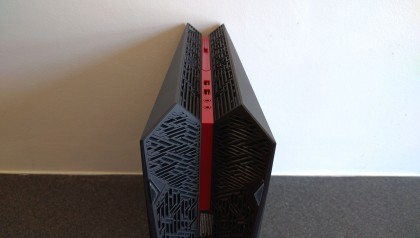
Bundled software
Asus hasn't gone quite as bloatware-happy as it usually does, but there are still a few pre-installed applications.
Putting aside things like Candy Crush Soda Saga and a trial of McAfee Internet Security, here are the programs that might actually prove useful:
- Asus Command: Update drivers, customise LED lighting and securely delete files
- Asus AEGIS: Monitor CPU and cooling status
- CyberLink PhotoDirector: Edit images and create slideshows
- CyberLink PowerDirector: Import and edit video clips, then burn them to a DVD
